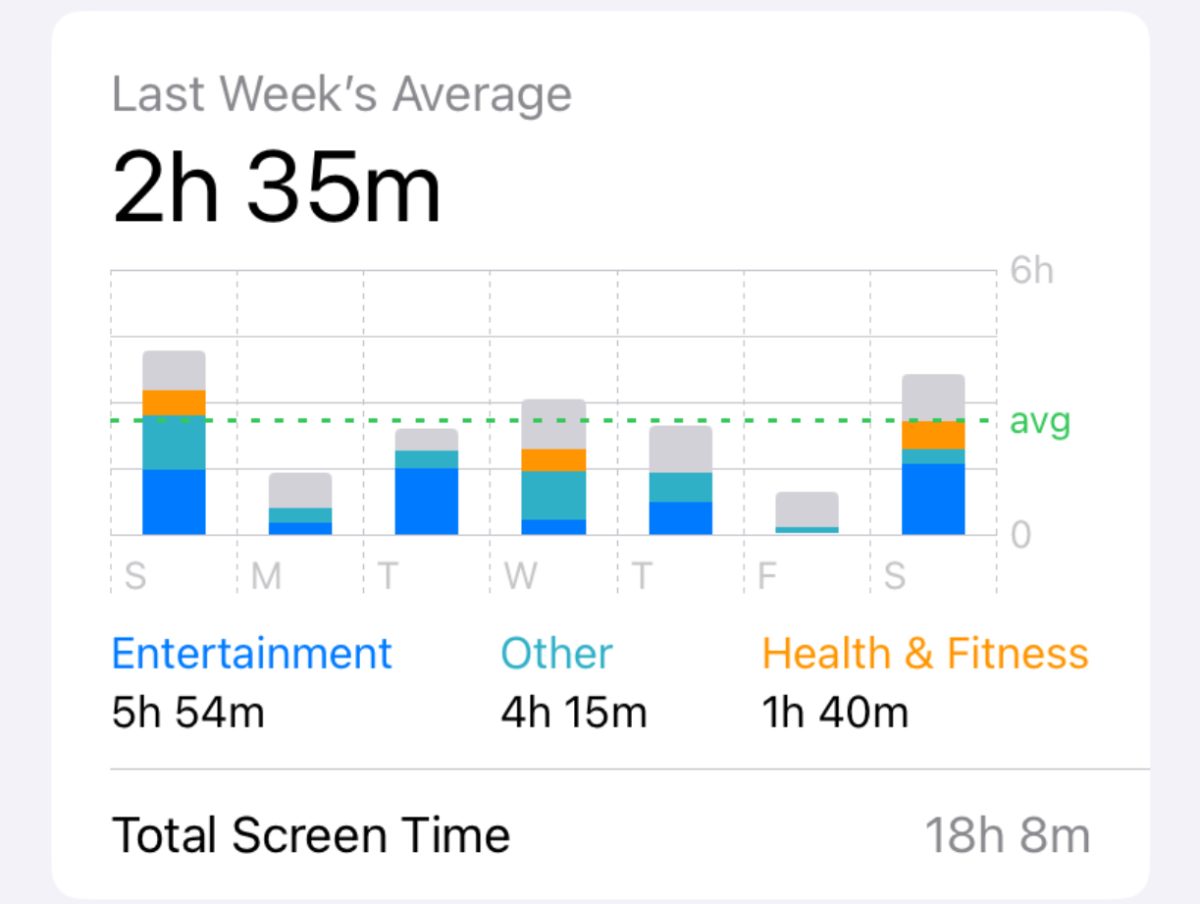If you looked at your phone settings right now, what would your daily screen time look like? Four hours? Six? 10? More? For Americans, the average amount of screen time is over seven hours, with almost half of American teenagers using their devices for more than eight hours a day. If you are on your phone for eight hours a day, seven days a week, you’ll spend roughly 118 days– a third of your entire year– staring at a screen. Needless to say, there’s a problem here.
Dependence on phones for communication and entertainment has caused many to forget the hobbies and activities that exist outside of the digital world. Even activities that can be done without screens, like reading and writing, have come to rely on them— including this article. It was written on my school IPad and you’re reading it on a device of your own. So, as everyday work and leisure activities become more and more entrenched in the digital space, how can we learn to tear ourselves away from this dopamine heaven?
The short answer is self-discipline. Let’s face it– TikTok or Snapchat or whatever your chosen poison is will seem far more interesting than reading a book or starting a garden…in the beginning. The first weeks will be the hardest, but consistency builds habit, and the longer you’re able to commit, the greater the overall impact will be.
Often, putting physical barriers between yourself and your phone can be a good first step to learning how to have fun without it. You could power it off, put your phone in a shoebox under your bed, or find an app that blocks all other distractions (my favorite is the Forest app, which grows trees when you leave your phone for a certain period of time). If you can try this routine for, say, an hour every day, that’s a pretty solid start to cutting down your screen time while finding other activities to enjoy.
Another strategy, which you can read more about in another article of mine, is limiting your social media usage. As some of the most addicting apps on the market, apps like Instagram and TikTok are designed to keep you scrolling. Without those easy outs, you might find your phone to be less interesting overall. If you can’t part with your Snapstreak just yet, you can use apps like Opal to disable your social media for a certain time– for example, the school day.
One final tip when it comes to lowering your screen time is to remain consistent. Practice makes progress, all that jazz. Rather than one concentrated effort in one week, try to start slow over the course of multiple weeks to avoid burnout. Whether it takes you a day or a month to get your screen time down an hour, find comfort in the fact that you’re building consistent habits for your own health.
Remember, the process isn’t always linear, and it’s normal to have occasional relapses. There might be some weeks where your screen time is hours higher than usual, but as long as you can resist the temptation to make that your new normal, you’ll be able to rebound in no time. Any effort you put into lowering your time on screens will be better than not putting in any effort at all.









